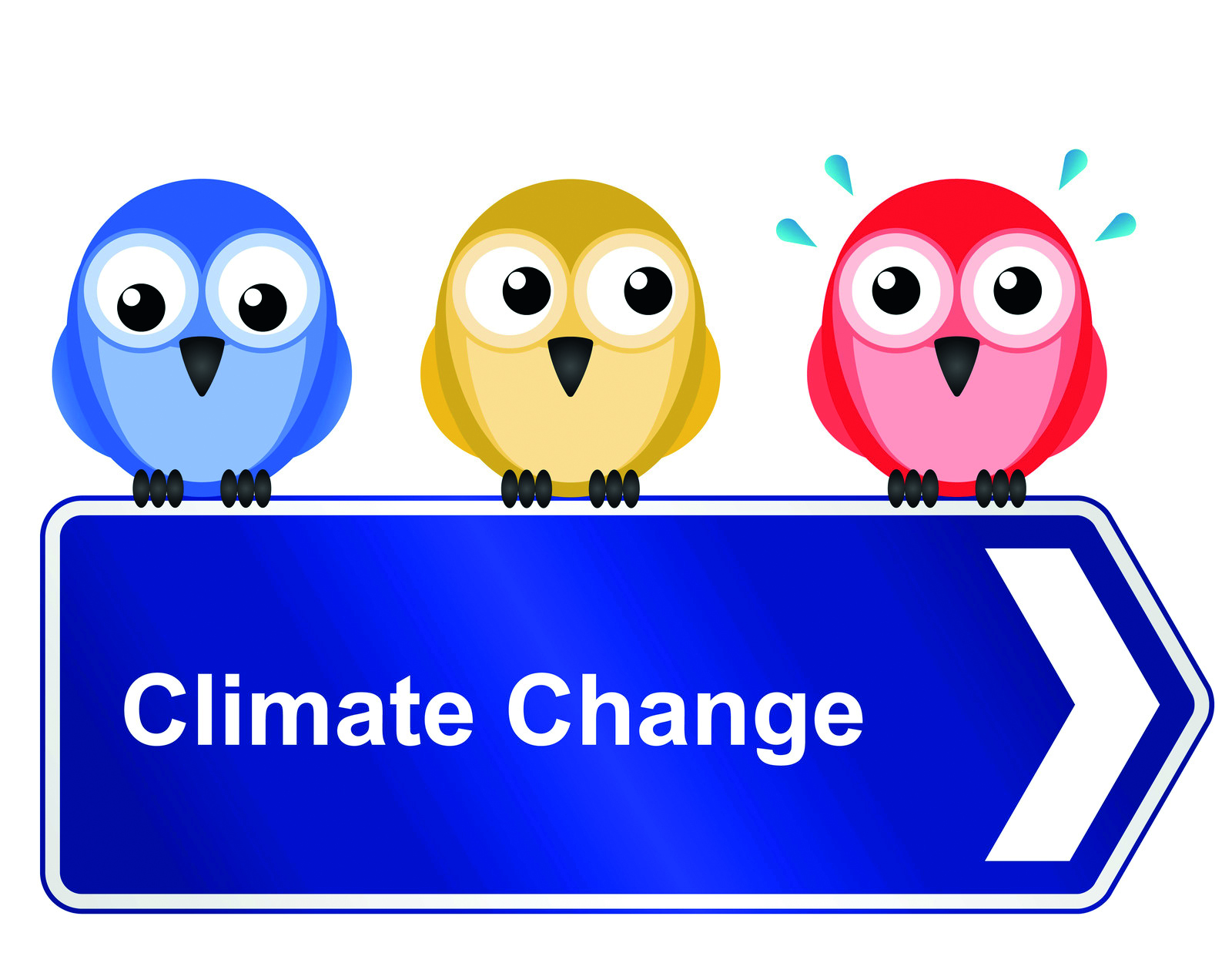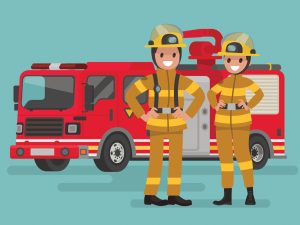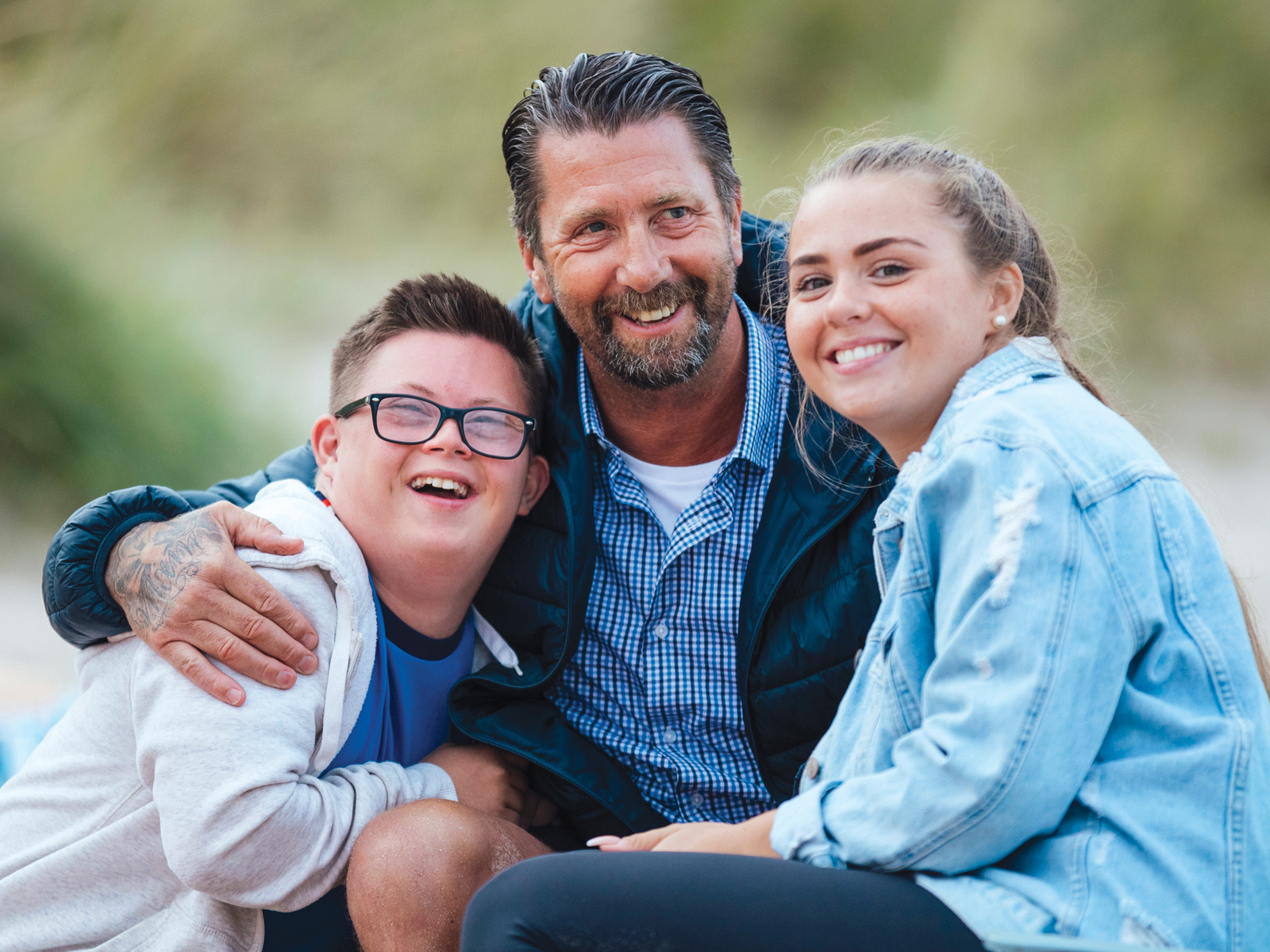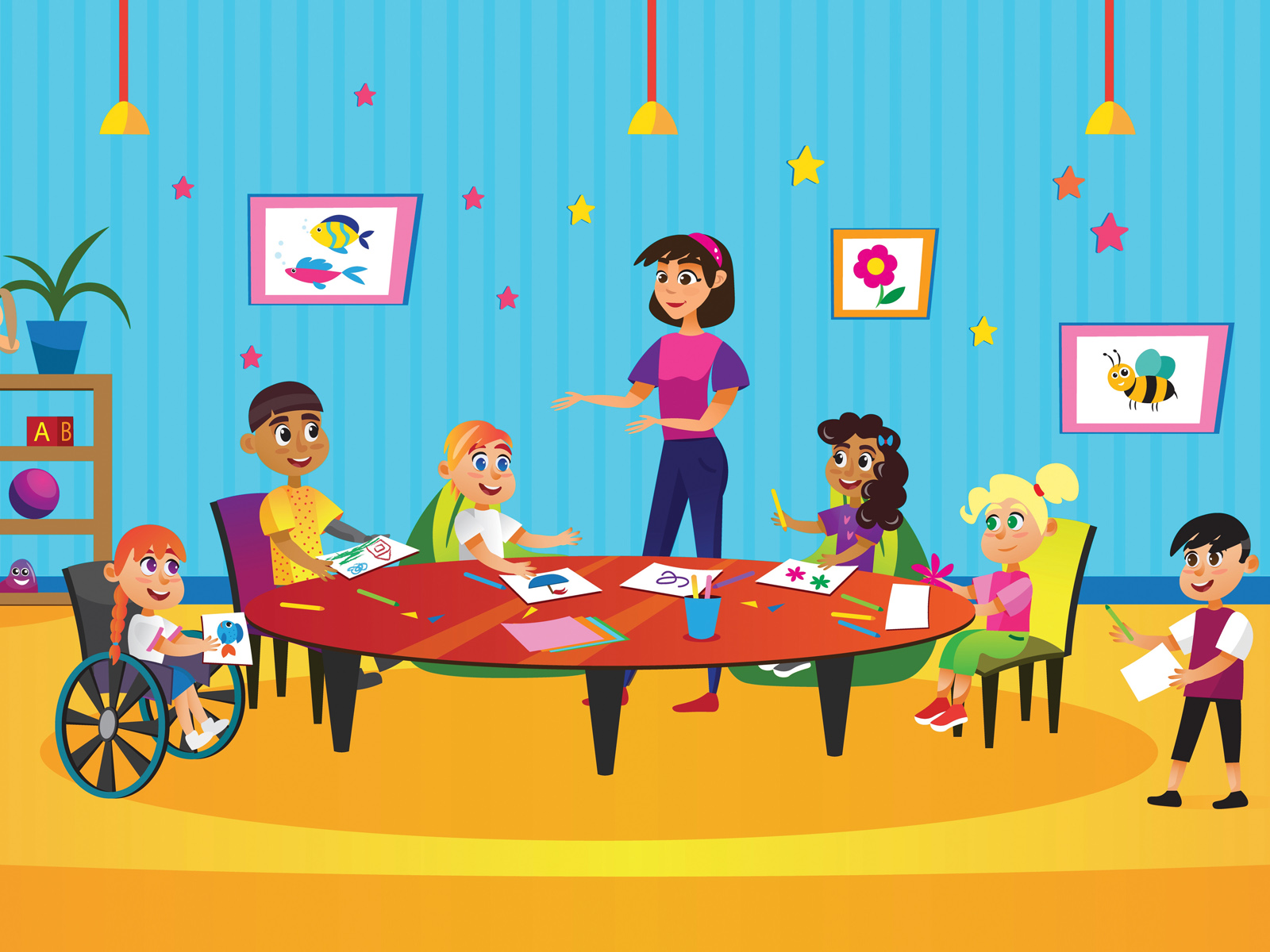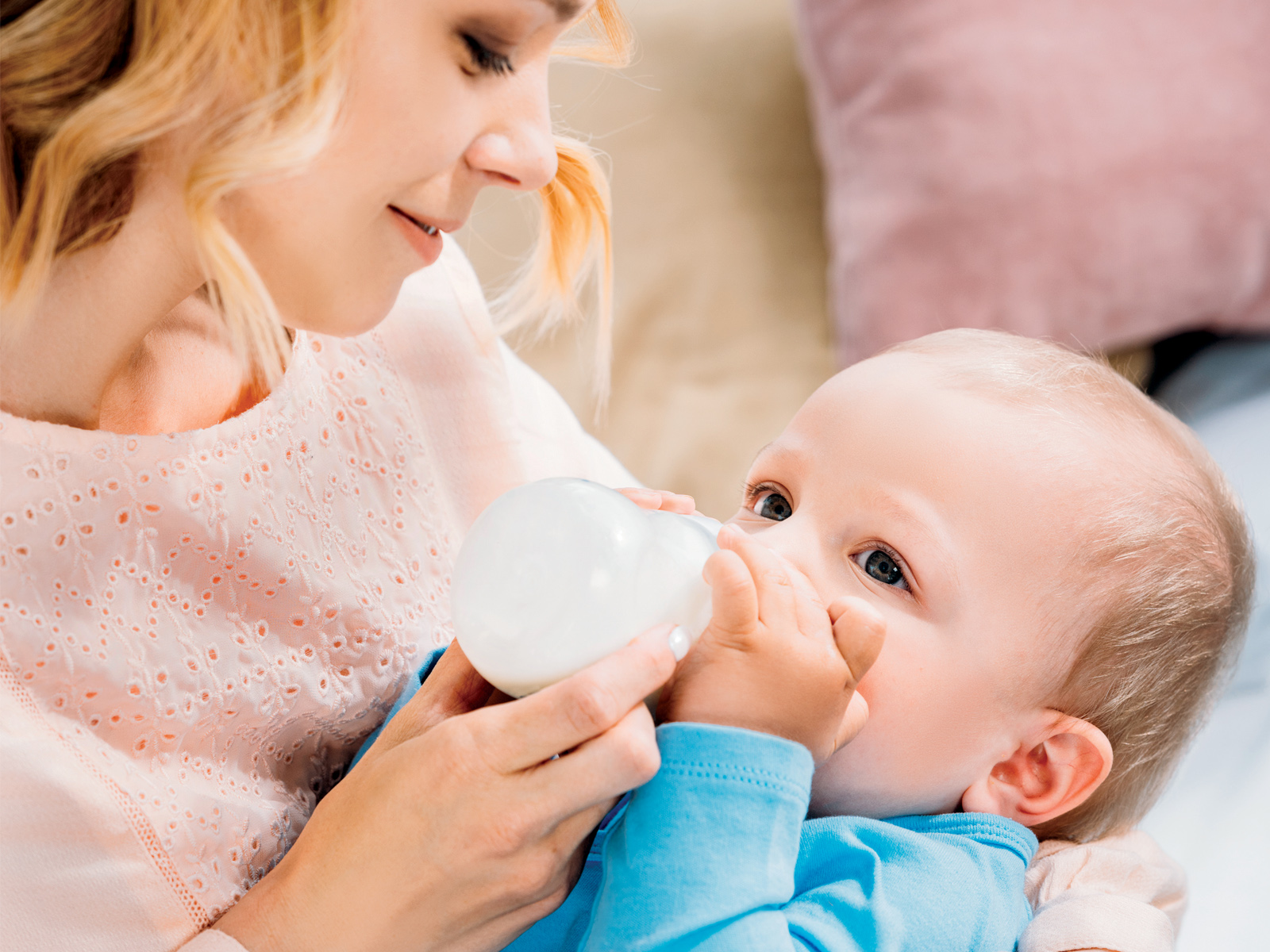Doctors have long been raising the alarm about the potential health risks of climate change. And when we look at the evidence, it turns out that children in particular are the most vulnerable. Let’s take a look at ways we can help.
As most of us realize, climate change is creating more heavy downpours, flooding and wildfires, as well as longer, hotter heatwaves that often keep children inside and less active. “We already have seen the impacts on children,” claims Dr. Kevin Chan, chair of the pediatrics department at Memorial University and head of child health at Eastern Health in Canada.
In a recent paper in the journal Pediatrics, Chang estimates that children bear 88 per cent of the burden of disease related to climate change. Suggesting that hurricanes Katrina, Harvey and Irma are all examples of climate change related weather events that have affected children’s overall health and stress levels, Chan also warns that worldwide extreme heat waves may well lead to more emerging infectious pathogens such as the Zika virus and malaria.
More than just disease
Other scientists have suggested that higher temperatures lead to more ozone, an air pollutant that’s harmful not only to kids living with respiratory concerns and asthma, but also to pregnant women and their growing fetuses. Ozone, for instance, has been associated with early births and smaller-than-average babies.
Incidents in which nasty weather damages food supplies, family homes and local schools can also cause trauma and stress for children and their parents. And youngsters who need to get to medical appointments, or use a dialysis machine, nebulizer or ventilator, can be in serious trouble if these are interrupted or the power goes out as a result of storms or heat waves. Decarbonizing and “going green” are key ingredients in creating healthier environments for our kids and grandchildren. Finding ways to use renewable energy and reduce our dependence on fossil fuels such as coal, oil and natural gas will lower pollution and improve air quality.
Time for change
According to the David Suzuki Foundation, on a per capita basis, Canada is one of the top energy consumers in the world. By getting more energy efficient, you’ll pollute less and save money. Here are a few simple ways you and your kids can make a difference:
- Walk, bike or take public transit. Teach your children that there are ways to get around that will help them learn about their community, stay active and save the planet.
- Cook vegetarian or go raw once a week. Beef is far more carbon intensive than almost any other food source. It also tends to be less healthy.
- Reduce, reuse and recycle. Buy less and buy local to reduce your carbon footprint.
- Save energy. Change to energy efficient light bulbs. Unplug computers, TVs and other electronics when you aren’t using them. Wash clothes in cold or warm water (not hot). Hang dry clothes and use dryer balls when you can. Install a programmable thermostat and look for Energy Star® appliances.
- Speak up: Educate others. Lobby for more green space and use earth friendly products like biodegradable sandwich wraps, reusable coffee cups, wool footwear. And when the chips are down don’t be afraid to remind people that their support is needed to create a more healthy, liveable climate for our children in the years to come.
Caroline Tapp-McDougall,
Editor

